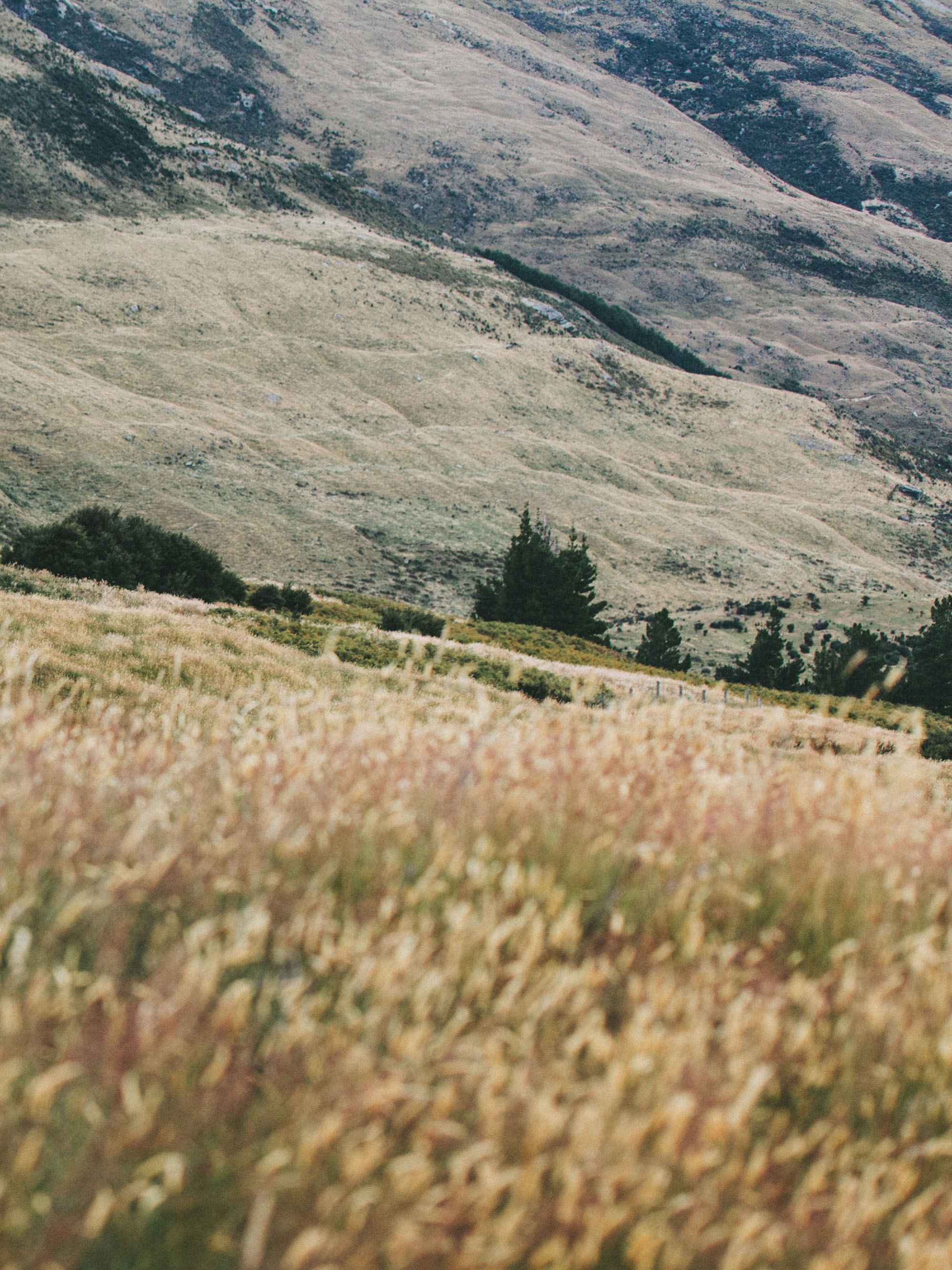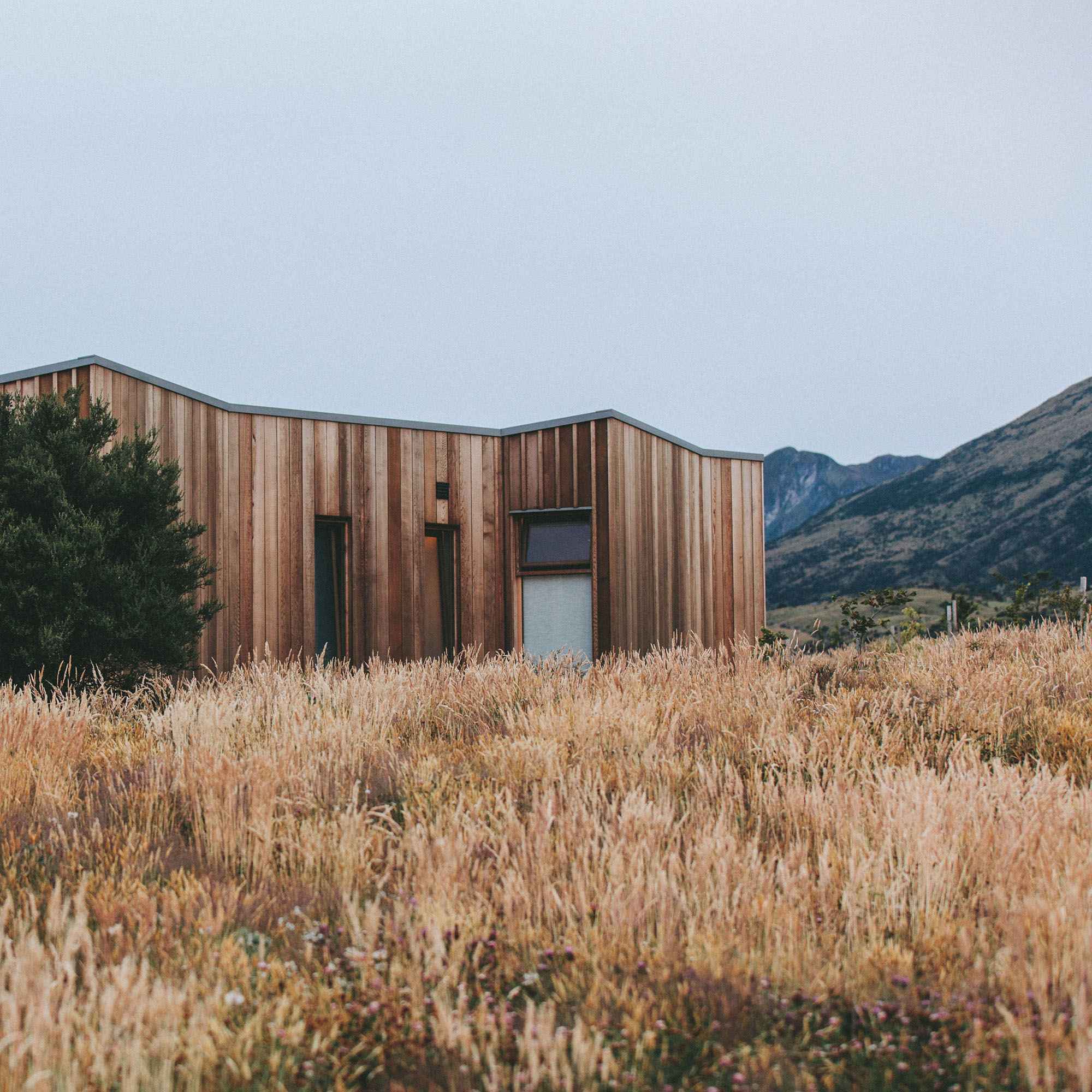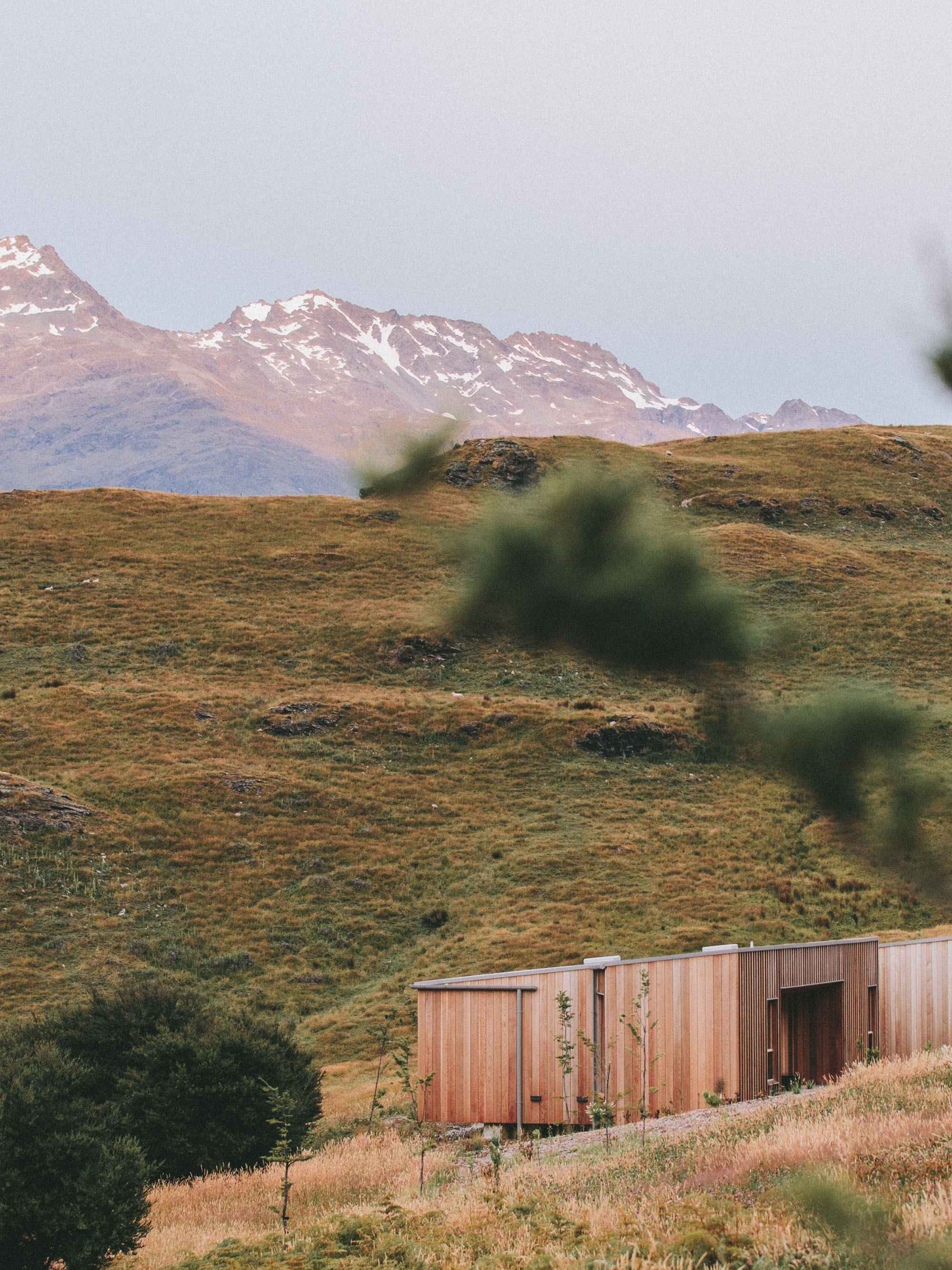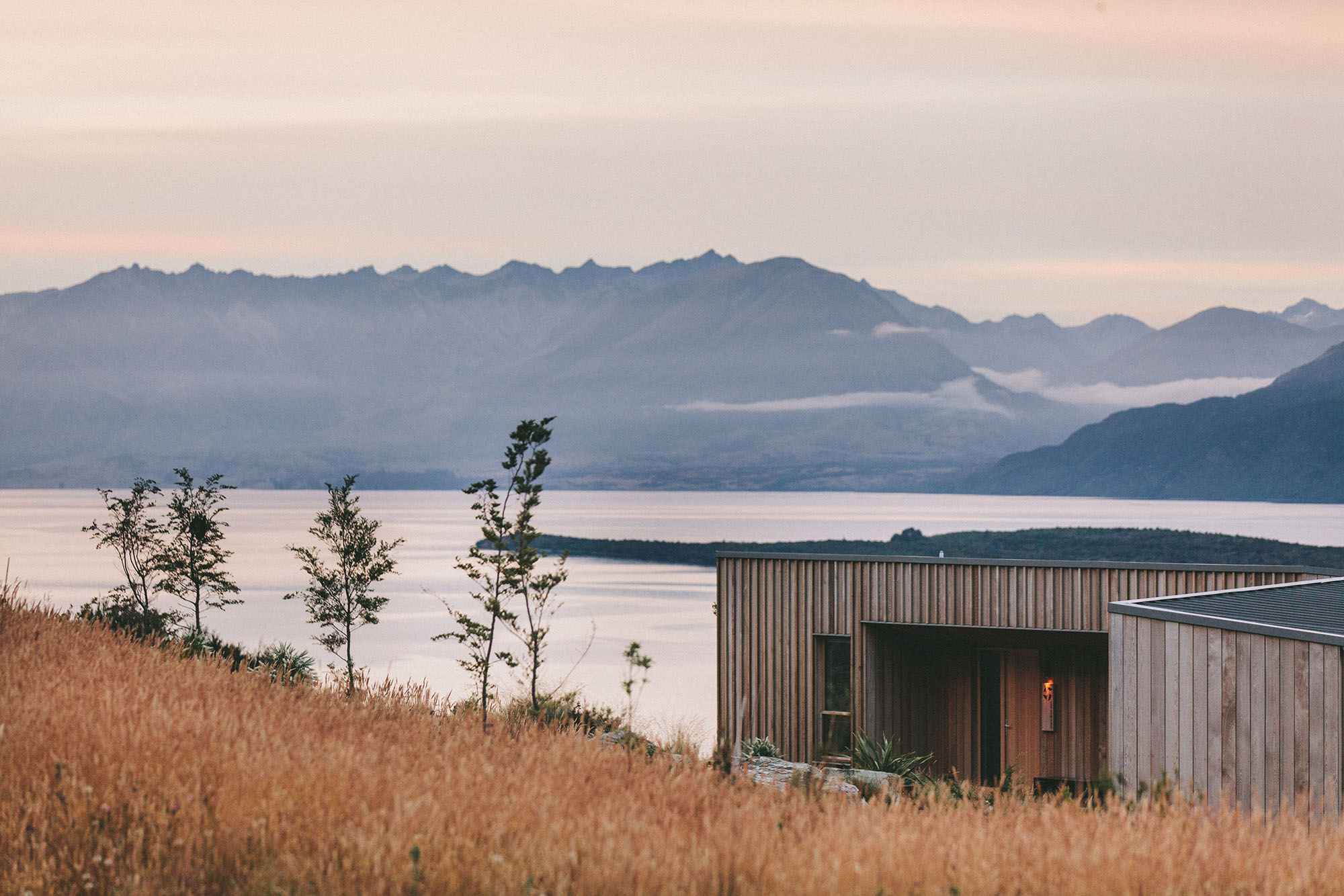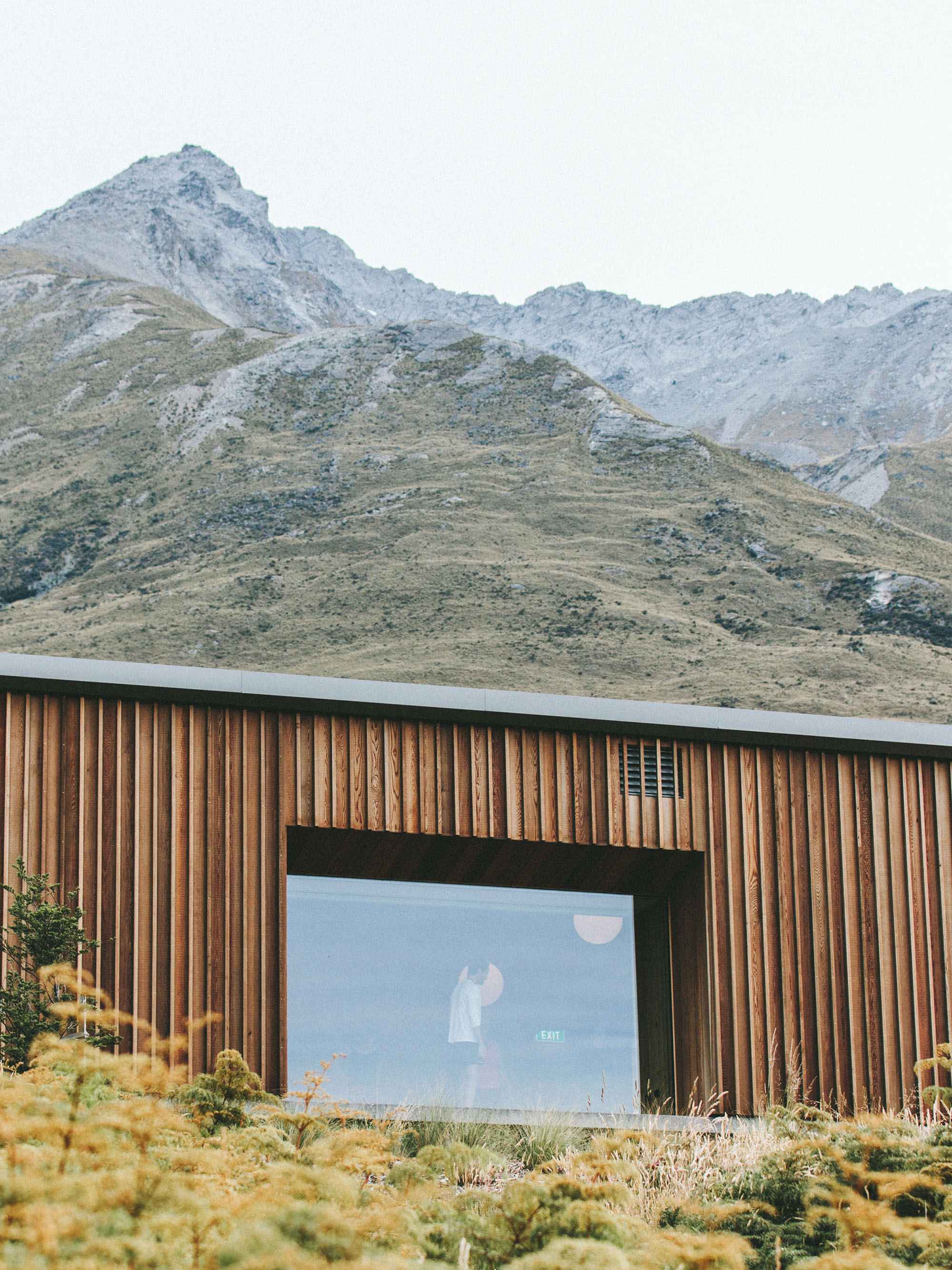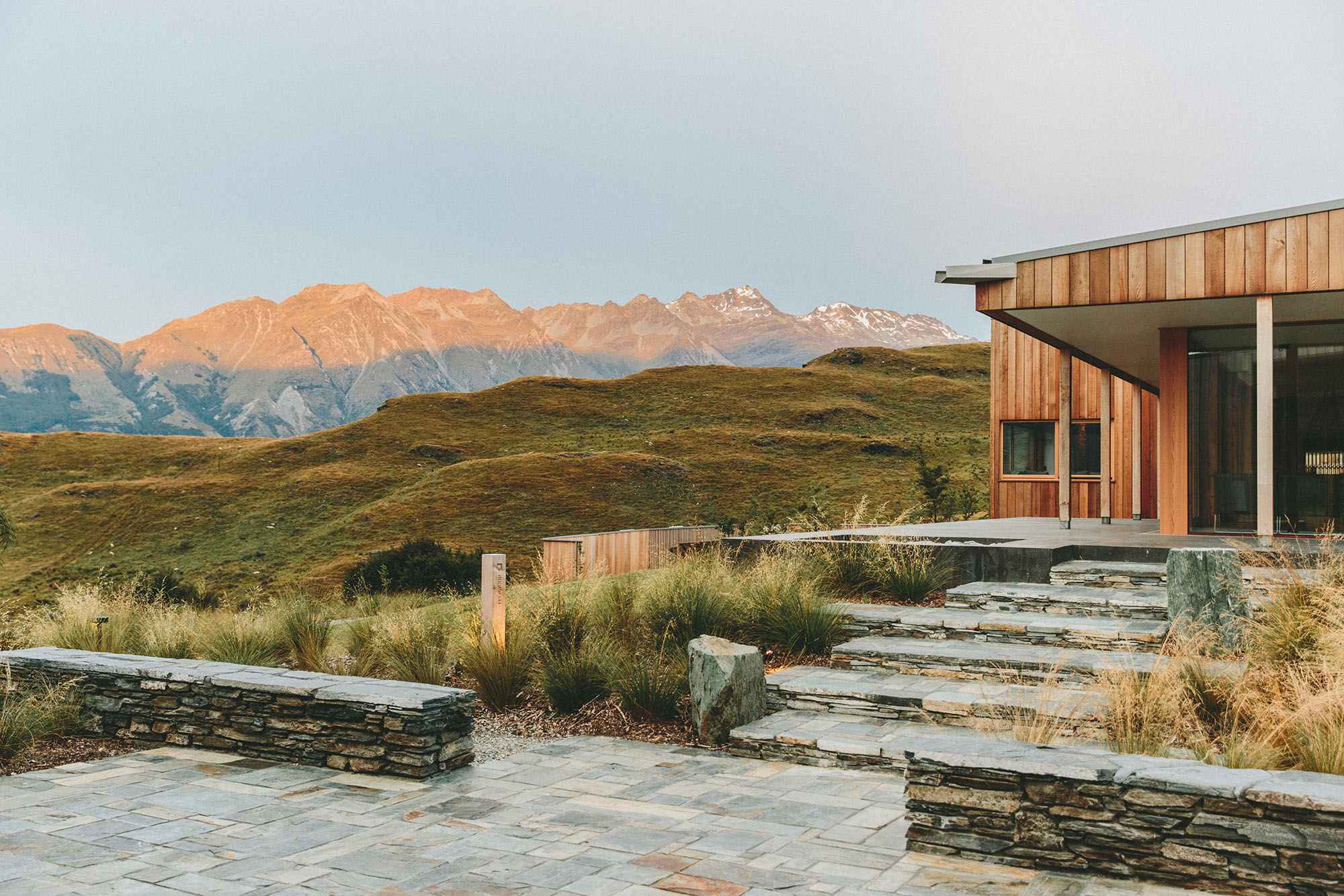2022
Camouflage, as we know it now, was theorized and introduced into the military lexicon upon the research of artists such as Abbott Thayer and Norman Wilkinson during World Wars I and II. These attempts to conceal troops from, at first other soldiers on the ground, later morphing into tactical patterns to block visibility of troop movement from the sky and sea, became as useful as they were a symbiotic indicator of the relationship between visibility, safety, and technology. Thayer, a Romantic painter of angels and a naturalist who first published ideas regarding concealing coloration in the wild, worked on collages and stitched massive textiles in large groups explicitly for military concealment. Thus, the birth of camouflage shares its birthright with that of artists.
Camouflage has since then been used everywhere, from myriad militias to high fashion. In In The Weeds: Camouflage and Its Discontents at houseguest gallery, we gaze at artists using camouflage as we traditionally recognize it, actively camouflaging or concealing information, camouflaging for the sake of safely educating the public, and as artists announcing a form of concealment--allowing it to become known and thus visible again.
My art practice explores the body as a reservoir, a communicator, and an intuitive being. I approach subjectivity through queer abstraction, which considers mind and body as separate, yet bound to one another. The result is a division of the self into plural selves, alienated and integrated with one another.
I use ceramic objects to approximate my flesh, designing their surroundings to manipulate the gaze. Lumps of flesh sometimes live among cushions or beds, using domesticity as a metaphor for interiority, an observation of the self. Other times, I reference the architecture of pedestals or picture frames, playing with these structures within the exhibition space.
Sculptures expose their nakedness and materiality, receiving the viewer’s gaze. I use the camera to construct images with my own gaze. I consider what it feels like to have a body, or to be inside a body, playing with the solidity of the self. When I see myself, I become both the creator and receiver, a cannibalistic recognition of my own existence.
By including object and image, I access the tension between body and mind. Nipples, mouths, creases, and mounds are merged and cut into abbreviated structures. The subject is autonomous and incomplete; splayed-out, in various stages of being acted upon. They are actors, parts play their parts, and the viewer becomes ensnared in the fluid, interdependent flux of observation.
-lalana fedorschak
“Gathered Lack.” Kacey Slone


